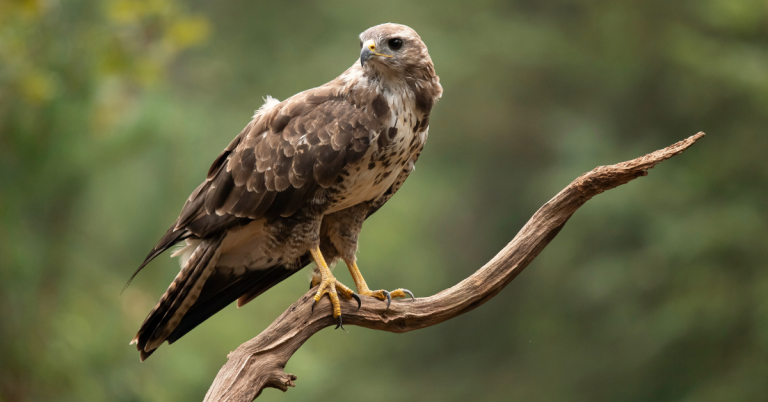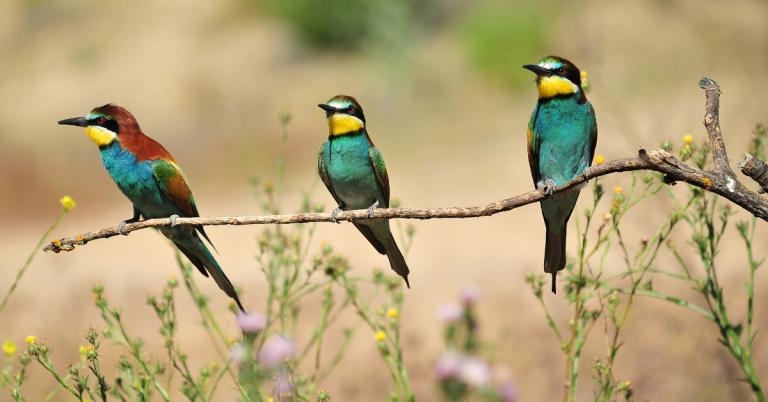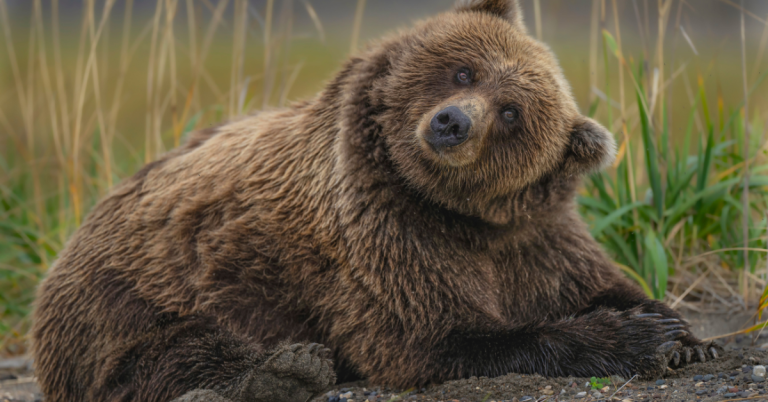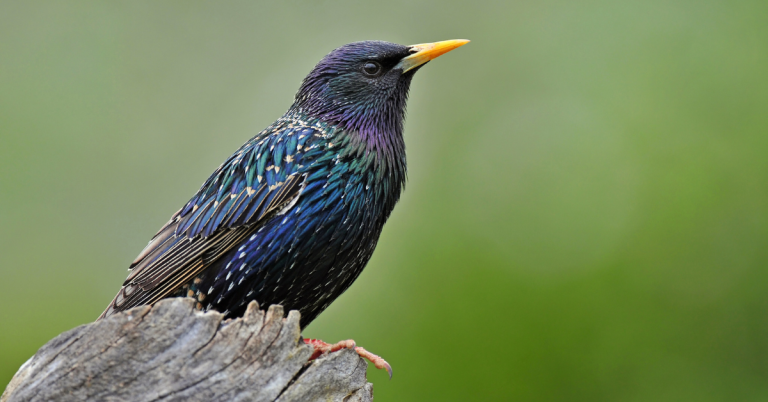Barren-ground caribou hunting guide
Hunting Barren-ground caribou offers an unparalleled adventure in the remote wilderness of North America. Known for their impressive migrations and striking antlers, these caribou inhabit the tundra regions of Alaska, the Northwest Territories, and Nunavut. This hunting guide covers essential information on hunting these majestic animals, from understanding their behavior to effective hunting tactics and ethical considerations.
Understanding Barren-Ground Caribou Behavior:
Barren-ground caribou are highly migratory and adapted to the harsh conditions of the Arctic tundra. Key points to understand their behavior include:
- Seasonal Movements: Caribou undertake extensive migrations between their calving grounds and wintering areas. Timing and routes can vary yearly, influenced by weather and food availability.
- Feeding Habits: They primarily graze on lichens, grasses, and shrubs. Look for areas with abundant vegetation, particularly during the late summer and early fall.
- Social Structure: Caribou travel in large herds, which can consist of thousands of individuals. During the rutting season, bulls establish dominance through displays and fights.
Choosing the Right Hunting Location:
Selecting the right location is crucial for a successful Barren-ground caribou hunt. Key areas include:
- Alaska: The North Slope and the Brooks Range are prime hunting areas.
- Northwest Territories: The barren lands around the Great Slave Lake and the Mackenzie Mountains are known for their caribou populations.
- Nunavut: The tundra regions around the Kivalliq and Kitikmeot regions offer excellent hunting opportunities.
- Terrain and Vegetation: Focus on open tundra and areas near water sources. Use topographic maps and GPS to identify likely habitats.
Effective Hunting Tactics:
Successful Barren-ground caribou hunting requires specific tactics and strategies. Effective tactics include:
- Spot and Stalk: Use binoculars and spotting scopes to locate caribou from a distance. Plan your approach based on wind direction and terrain.
- Ambush Hunting: Set up near-known migration routes and wait for herds to pass by. Patience and timing are crucial.
- Calling: Use caribou calls to attract bulls, especially during the rutting season.
Ethical and Responsible Hunting:
Ethical hunting is vital for conservation and maintaining the integrity of the sport. Key principles include:
- Follow Regulations: Adhere to all hunting regulations, including season dates, bag limits, and permit requirements.
- Respect Wildlife: Aim for a clean, quick kill to minimize suffering. Practice your shooting skills before the hunt.
- Leave No Trace: Pack out all trash and respect the natural environment.
Field Dressing and Meat Processing:
Proper field dressing and meat processing are essential to ensure the quality of the meat and preserve the trophy. Tips include:
- Immediate Field Dressing: Field dress the caribou as soon as possible to prevent spoilage. Remove the entrails and cool the carcass quickly.
- Meat Processing: Transport the meat to a cool, dry location for processing. Use clean, sharp knives and follow proper hygiene practices.
- Trophy Care: If you plan to mount the antlers, take care to preserve the hide and skull during field dressing.
Hunting Gear for Barren-Ground Caribou:
Choosing the right gear can make a significant difference in your hunting experience. Essential gear includes:
- Firearm or Bow: Choose a high-caliber rifle or a powerful bow suitable for medium to long-range shots.
- Optics: High-quality binoculars and spotting scopes are crucial for spotting caribou on the open tundra.
- Clothing: Layered clothing suitable for changing weather conditions. Waterproof and breathable fabrics are recommended.
- Backpack: A sturdy backpack to carry essentials like food, water, and first-aid supplies.
Species and Subspecies:
Barren-ground caribou (Rangifer tarandus groenlandicus) is a subspecies of caribou found in the Arctic regions of North America. They are distinguished by their large herds and long migrations.
Hunting Legality by Area:
Ensure you are familiar with the hunting laws in your chosen area. Key points include:
- Alaska: Requires a hunting license and harvest ticket. Some areas may have additional restrictions or quotas.
- Northwest Territories: Hunting requires a big game license and specific permits for caribou. Regulations may vary by region.
- Nunavut: Hunting requires a big game license and may involve additional permits for non-residents.
Legal and Cross-Border Considerations:
If hunting across borders, be aware of the legal requirements:
- Import/Export Laws: Familiarize yourself with the laws regarding the transportation of firearms and trophies.
- Permits: Obtain necessary permits for crossing borders with hunting gear and harvested animals.
Safety Tips:
Safety should always be a priority during a Barren-ground caribou hunt. Key tips include:
- Emergency Plan: Have a plan in place for emergencies, including a means of communication.
- Weather Awareness: Monitor weather conditions closely and be prepared for sudden changes.
- Physical Preparedness: Ensure you are physically fit and acclimatized to rugged terrains and cold temperatures.
FAQs:
- Where is the best place to hunt Barren-ground caribou?
- The North Slope in Alaska and the tundra regions of the Northwest Territories and Nunavut are top locations.
- What is the best time to hunt Barren-ground caribou?
- The hunting season typically runs from late August to October, with the rutting season in late September offering the best opportunities.
- What are the best hunting methods?
- Spot and stalk, ambush hunting, and calling are effective methods for Barren-ground caribou hunting.
- What is the reason for hunting Barren-ground caribou?
- Hunting Barren-ground caribou provides a challenging and rewarding experience and contributes to wildlife management and conservation efforts.
FAQs
Where is the best place to hunt Barren-ground caribou?
The North Slope in Alaska and the tundra regions of the Northwest Territories and Nunavut are top locations.
What is the best time to hunt Barren-ground caribou?
The hunting season typically runs from late August to October, with the rutting season in late September offering the best opportunities.
What are the best hunting methods?
Spot and stalk, ambush hunting, and calling are effective methods for Barren-ground caribou hunting.
What is the reason for hunting Barren-ground caribou?
Hunting Barren-ground caribou provides a challenging and rewarding experience and contributes to wildlife management and conservation efforts.






